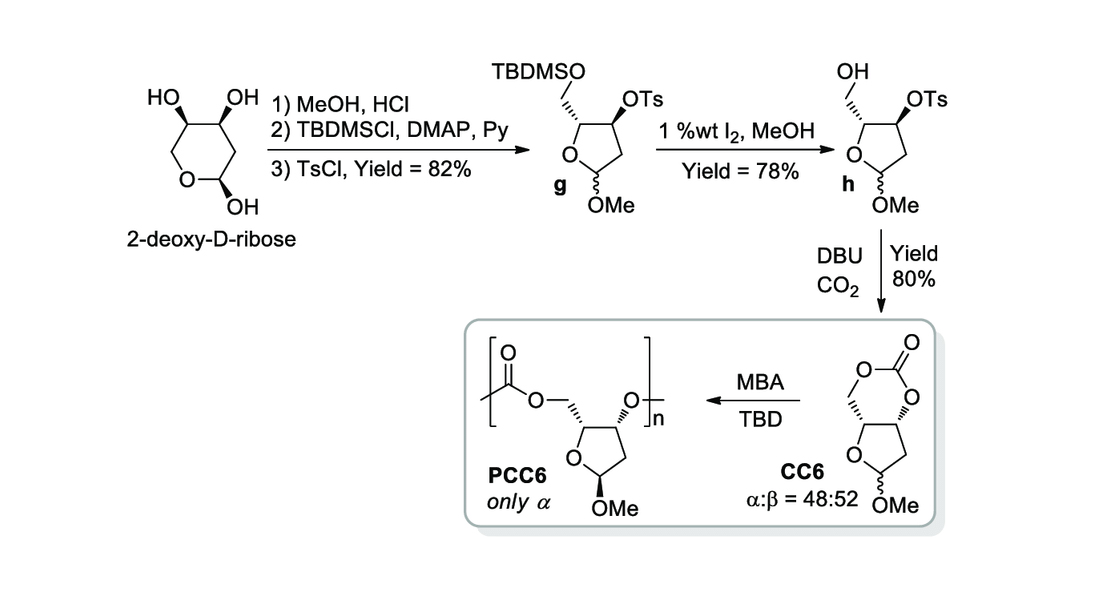2-Deoxy-D-Ribose is a sugar that is structurally similar to ribose, the sugar found in RNA, but with one less oxygen atom. This structural difference gives it unique properties and allows it to be used in various applications.
Applications of 2-Deoxy-D-Ribose
1. Cancer Treatment
- Radioprotection and Radiosensitization: 2-Deoxy-D-Ribose has been studied in the context of cancer treatments, particularly as a radiosensitizer. It can be used to enhance the effectiveness of radiation therapy by modifying the metabolism of cancer cells and increasing their sensitivity to radiation.
- Inhibiting Tumor Growth: Some studies suggest that 2-Deoxy-D-Ribose could affect cancer cell growth by disrupting the metabolic processes required for cell proliferation, possibly by altering nucleic acid metabolism in cancer cells.

2. Gene Therapy and Biotechnology
- Nucleic Acid Synthesis: 2-Deoxy-D-ribose is a key component of DNA. In gene therapy and biotechnology, it is used in the synthesis of DNA molecules in vitro, aiding in genetic engineering and molecular cloning.
- PCR (Polymerase Chain Reaction): 2-Deoxy-D-ribose is crucial for synthesizing DNA during PCR, which is a widely used technique for amplifying specific DNA sequences.
3. Research on Metabolic Pathways
- Metabolic Studies: 2-Deoxy-D-Ribose is often used in research related to cellular metabolism, especially to study the biochemical pathways involved in nucleic acid metabolism and energy production.
- Cellular Metabolism: It can be used to investigate how cells adapt to the absence of oxygen or in hypoxic conditions, which is relevant to understanding processes like anaerobic metabolism.
4. Therapeutic Potential in Neurological Disorders
- Treatment for Muscular Dystrophy: Research suggests that 2-Deoxy-D-Ribose could have potential in treating diseases like muscular dystrophy, as it may support energy production in cells and improve mitochondrial function.
- Neuroprotection: It has been explored for its potential in protecting neural tissues, particularly in conditions like Alzheimer’s disease and other neurodegenerative disorders, as it might help enhance the cellular energy levels that are often impaired in these conditions.
5. Nutritional Supplementation
- Energy Booster: 2-Deoxy-D-Ribose has been marketed as a nutritional supplement for increasing energy levels, particularly for athletes and individuals with chronic fatigue syndrome. It is believed to support mitochondrial function and enhance the production of ATP (adenosine triphosphate), the cell’s energy currency.

6. Metabolic Disorders
- Support in Mitochondrial Diseases: For patients with mitochondrial disorders, 2-Deoxy-D-Ribose is sometimes used as a supplement to help support energy production and improve overall cellular function.
7. Diagnostic Applications
Use in Medical Imaging: Due to its properties, 2-Deoxy-D-Ribose derivatives, such as 2-deoxy-D-glucose, are used in positron emission tomography (PET) scans to assess metabolic activity and detect tumors or areas of infection.
In summary, 2-Deoxy-D-Ribose is primarily used in the fields of cancer therapy, biotechnology, metabolic research, and neurological studies due to its influence on nucleic acid metabolism and energy production in cells.
